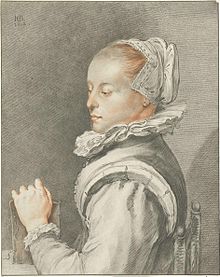
Sir Constantijn Huygens, Lord of Zuilichem, was a Dutch Golden Age poet and composer. He was also secretary to two Princes of Orange: Frederick Henry and William II, and the father of the scientist Christiaan Huygens.

The Muiderkring was the name given to a group of figures in the arts and sciences who regularly met at the castle of Muiden near Amsterdam during the first half of the 17th century, or the Golden Age of the Dutch Republic. The central figure of the Muiderkring was the poet Pieter Corneliszoon Hooft; Constantijn Huygens, Dirck Sweelinck, Vondel, Bredero and the poet sisters Anna Visscher and Maria Tesselschade Visscher were also considered part of the group.

Roemer Pieterszoon Visscher was a successful Dutch merchant, the first Dutch underwriter and writer of the Dutch Golden Age.
Dutch Renaissance and Golden Age literature is the literature written in the Dutch language in the Low Countries from around 1550 to around 1700. This period saw great political and religious changes as the Reformation spread across Northern and Western Europe and the Netherlands fought for independence in the Eighty Years' War.

Caspar Barlaeus was a Dutch polymath and Renaissance humanist, a theologian, poet, and historian.
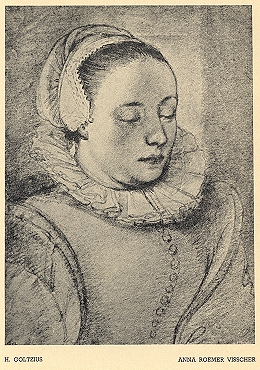
Anna Roemers Visscher was a Dutch artist, poet, and translator.
Events from the year 1594 in art.

Adriaen Hanneman was a Dutch Golden Age painter best known for his portraits of the exiled British royal court. His style was strongly influenced by his contemporary, Anthony van Dyck.
Visscher is a Dutch occupational surname. Visscher is an archaic spelling of Dutch visser meaning "fisherman". Varianta are Visschers and De Visscher. The latter form is now most common in East Flanders. Notable people with the surname include:
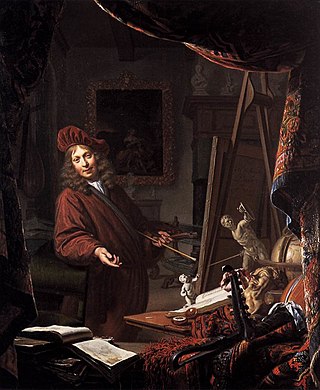
Michiel van Musscher was a Dutch Golden Age painter.

Claes Janszoon Visscher was a Dutch Golden Age draughtsman, engraver, mapmaker, and publisher. He was the founder of the successful Visscher family mapmaking business. The firm that he established in Amsterdam would be passed down his generations until it was sold to Peter Schenk.

Pieter Jansz. Quast was a Dutch Golden Age painter, draughtsman of portraits and sculptor.

Catharina Questiers was a Dutch poet and dramatist. Along with Cornelia van der Veer and Katharyne Lescailje, she was the most successful female Dutch poet of the second half of the 17th century. Her brother David also achieved some note as a poet.
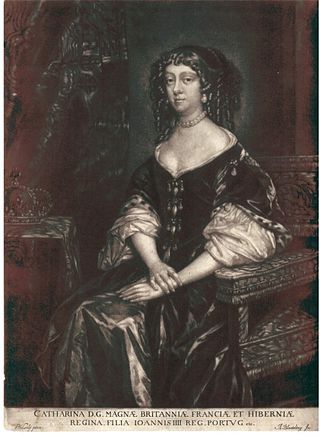
Abraham Blooteling (1634–1690) was a Dutch designer and engraver.
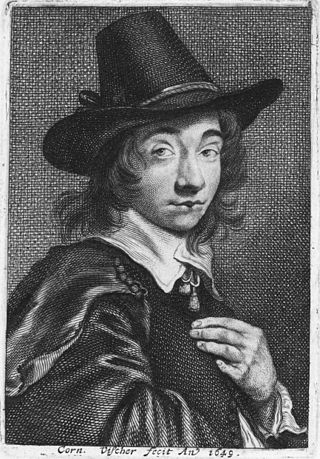
Cornelis Visscher, was a Dutch Golden Age engraver and the brother of Jan de Visscher and Lambert Visscher.

Margaretha van Godewijk, was a Dutch Golden Age poet and painter.
Francisca Duarte was a Portuguese singer. She was active as a court singer at the court of the governor in the Spanish Netherlands.

The Rede van Texel, formerly Reede van Texel, was a roadstead off the Dutch island of Texel. It was of considerable importance to Dutch long-distance shipping between roughly 1500 and 1800. The Rede van Texel was located off the east side of the island, near the town of Oudeschild.
